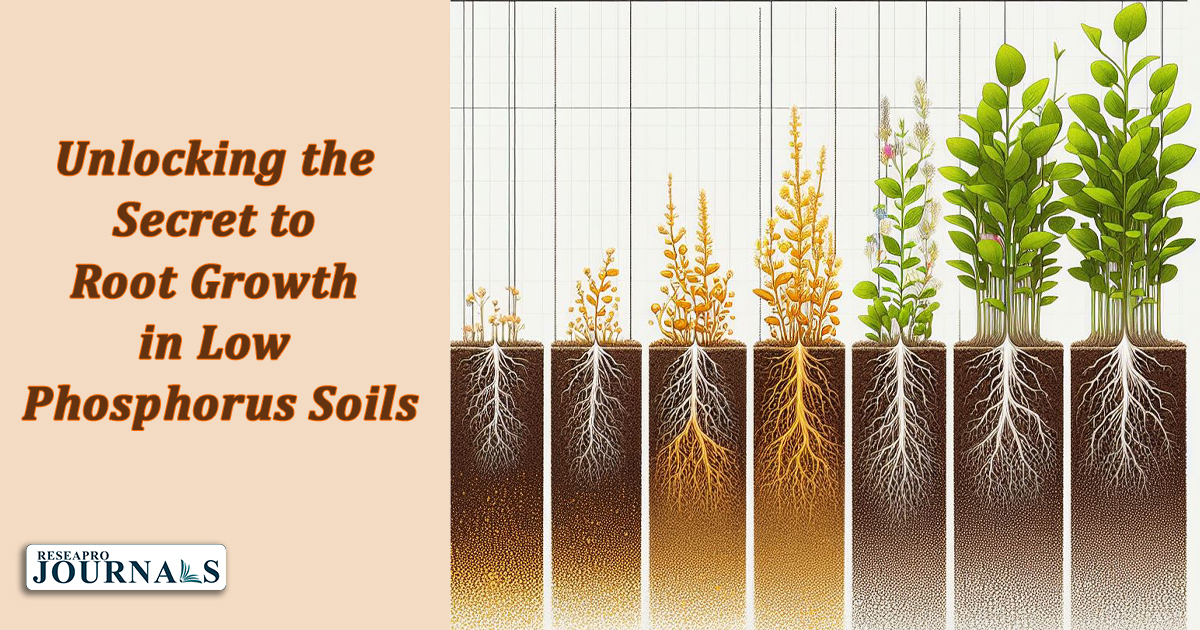|
Getting your Trinity Audio player ready...
|
Researchers at the Leibniz Institute of Plant Genetics and Crop Plant Research have discovered a new type of plant metalloreductase that helps maintain root growth under low phosphorus conditions1. Phosphorus is essential for undisturbed plant growth and development, but it is often poorly available in many soils.
Plants have developed a mechanism to increase phosphorus availability by releasing malate, an organic acid. Malate can form complexes with iron or aluminium in the soil, thereby liberating sorbed phosphate1. However, this response can also result in iron overaccumulation, which can inhibit root growth.
The researchers found a previously uncharacterized gene encoding a domain predicted to participate in ferric reduction. When this gene was disrupted, iron over accumulated in root tips, and root growth under low phosphorus was even more severely inhibited1. The gene was named HYPERSENSITIVE TO LOW P1 (HYP1). HYP1 is a member of the CYBDOM family and possesses a cytochrome b 561 domain, which is common in several ferric reductases active in animal cells.
Using AlphaFold-supported modeling and site-directed mutagenesis, the researchers found that HYP1 can coordinate three b-hemes, which are critical for the protein’s activity. Electrophysiological characterization of HYP1 in oocytes revealed that the protein can transport electrons derived from ascorbate (vitamin C) across the plasma membrane1. Acceptors of these electrons are Fe (III) and Cu (II) (cupric ion), indicating that the protein is a metalloreductase.
The ferric reductase activity of HYP1 is critical to prevent malate-induced iron overaccumulation in the apoplast and to maintain cell elongation and meristem integrity in root tips exposed to low phosphorus1. This discovery provides new insights into how plants adapt to low phosphorus conditions, which could have significant implications for sustainable agriculture.




